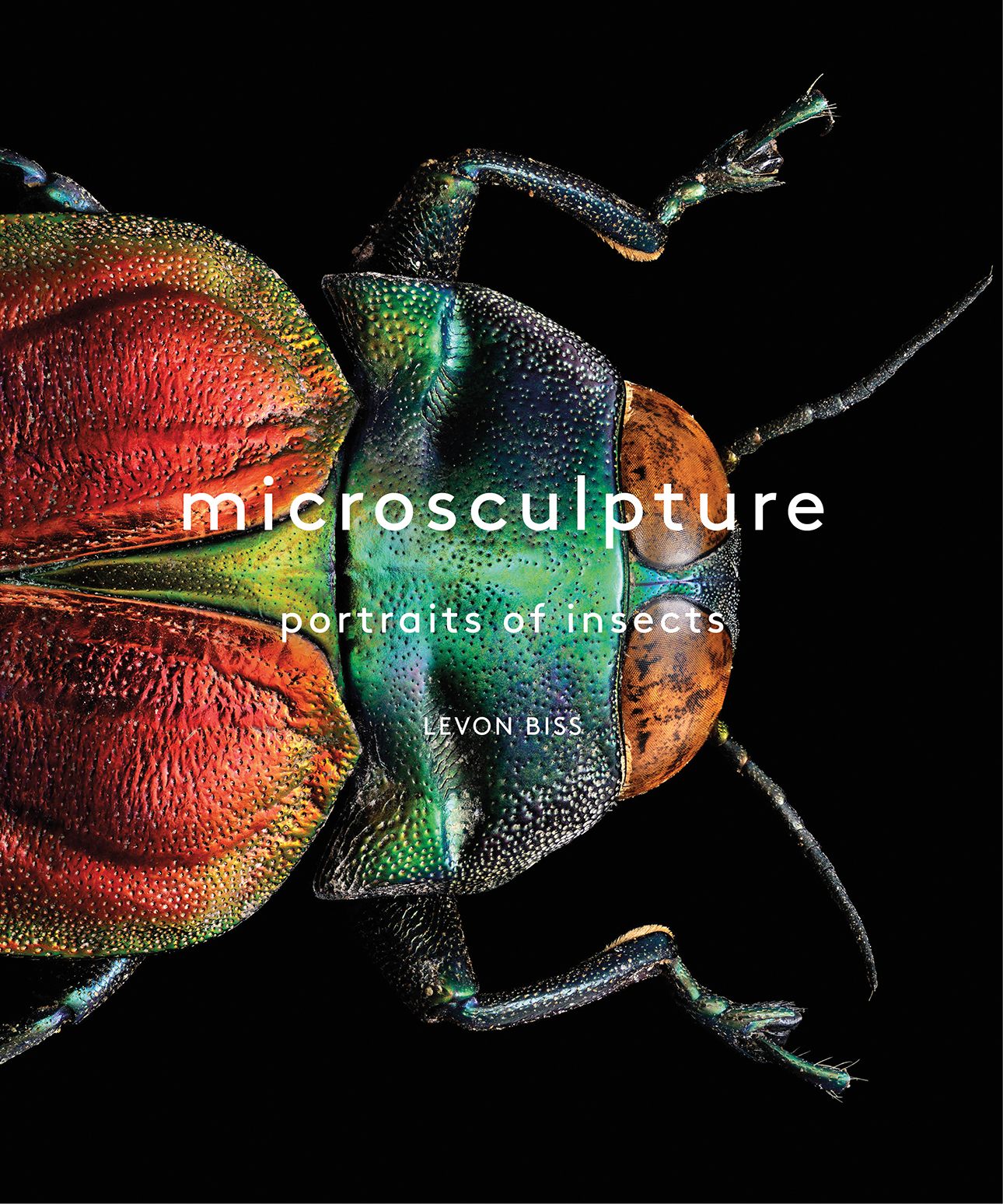
Insects are a vital part of our world. Most of their activities
are obvious: Everyone is familiar with the busy hum of
bees on a warm day or the tireless foraging of ants. Often,
though, they go about their lives overlooked by us. For
example, they help to recycle nutrients and, as part of food
chains, insects provide food for many other larger animals.
Without them, many ecosystems would be unable to
function and human society would struggle to exist.
Insects exist at a perspective much smaller than our
own. Beyond the resolution of our eyesight, the complex
structure of life in this miniature world is hidden from us.
We take this knowledge for granted, but before
the development of optical lenses and microscopes,
the complexity of life at these small scales was unknown.
When popularized for the first time in Robert Hookes
1665 book,
Micrographia
, it caused a sensation. It
presented a portfolio of everyday objects drawn at high
magnification in unprecedented detail. Significantly, some
of the most striking and iconic images from the book are
of insects and their incredibly intricate anatomy.
The art of drawing has since become an essential tool
in biology for describing and recording the natural world,
and modern advances in digital imaging provide new
and exciting possibilities. In
Microsculpture
, Levon Biss
has developed his own photographic technique that
succesfully captures the structural complexity of insects
in a large format and at stunning resolution. Ultra-high
detail images of insects are nothing new of course
images produced by the scanning electron microscope
show details beyond even the most powerful optical
lensesbut for all their detail, electron microscope
images are often cold, devoid of color, and offer little in
the way of aesthetic interest.
The insects in this book have been carefully chosen
from among our collection of over five million at the
Oxford University Museum of Natural History. Collections
foreword

such as this represent a vast repository of information on
biodiversity and are ever more valuable in the context of
our rapidly changing world. Usually this collection is kept
behind closed doors, most of the specimens being too
small and fragile for public display. This book provides
the perfect opportunity to showcase a few of its many and
fascinating species.
The specimens we have chosen are from all over the
world, from a backyard garden in England to a remote
island near Antarctica. Some were collected more than
one hundred and fifty years ago, some only recently
one was even collected by Charles Darwin himself during
the voyage of the HMS
Beagle
. Together they proudly
display the great diversity of insects: their unique shapes,
dazzling colors, and all of their surface detail. To our
eyes, the surfaces of insects appear smooth, but Levons
technique, as you will see in the pages of this book,
reveals much more. At magnification, the insects surface
undergoes a transformation: Ridges, pits, and engraved
meshes suddenly come into view, often overlaid with
other minute structures such as hairs and scales.
These microstructures are thought to have many
different functions. Surface features are thought to alter
the physical properties of the insects surface, helping
to shed water, reduce friction, or reflect light. The fine
structure of hairs can be modified to carry pollen, to grip
surfaces as smooth as glass, or to detect the tiniest air
movements. Butterflies, moths, beetles, and other insects
may be covered with scales so small that they appear
as dust to the naked eye. These scales may provide
camouflage, insulation, and sometimes can reflect and
scatter light to produce some of the most intense and
vibrant colors seen in nature.
Surprisingly, in many cases the function of these tiny
structures is not fully understood. The entire surface of
most species of ground beetles found in this book are
covered with a microscopic raised mesh-like pattern of
microsculpture, giving the insects a matte or satin
appearance. In related species, this pattern seems to be
correlated with habitat; species from wet areas often
have a transverse pattern, and those from saline habitats
have a pattern of slightly raised bumps. It is believed that
the microsculpture reduces friction or prevents water
or dirt from sticking to the insects surface. Even though
we may not know all the answers, it is likely that most
of these fascinating microstructures are adaptations,
the result of the evolutionary process of natural selection.
Microsculpture
shows us that the study of these
structures is not merely academic, but can have real-
world applications in developing new and more efficient
materials inspired by nature.
Despite all these theories of anatomy and function,
this book represents much more than just a collection of
scientific photographs. Levons technique produces
photographs of stunning depth and aesthetic beauty.
His clever use of shadow creates mood and atmosphere:
backlighting is used to accentuate particular structures,




















